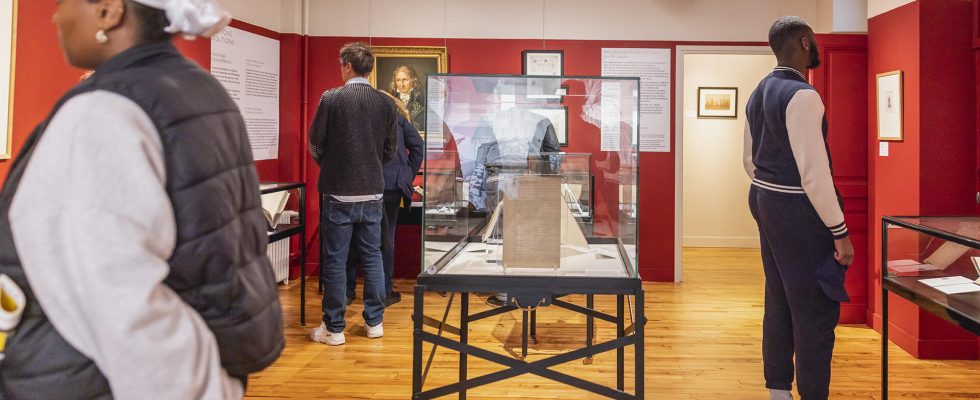New stopover in our series of trips on the paths of the memory of slavery, direction the port city of Le Havre; because little is known about it, but the Normandy region, and the city of Le Havre in particular, played a vital role in triangular trade and the slave trade.
From May 10, 2023 to November 10, 2023, between Le Havre, Honfleur and Rouen, the major exhibition “Slavery: Norman Memories” will be held. And for the first time, this exhibition recognized as being of national interest, highlights the extent to which the Normandy region was built and enriched on this “crime trade”, how the Normandy basin formed the 2nd French commercial space. slaver after Nantes; and how this common story, which has remained unknown for a long time, must be told, studied and shared.
It must be said that in France, there has often been a tendency to associate slave ports only with ports on the Atlantic coast, such as those of Nantes, Bordeaux or La Rochelle, forgetting that the Normans, its officers, its shipowners and its traders from the coast like its artisans or cotton spinners from the hinterland participated directly or indirectly in this trade and in the trafficking of human beings from Africa to the Americas. In the 18th century in Le Havre, figures from the city long resisted and fought against abolition through powerful slave lobbies or even carrying out illegal trafficking campaigns. Thus, well after the abolition of slavery in 1848, the ship “Le Don Juan” was armed in 1860 by Le Havre Jules Masurier, which would make this ship the last French trading boat. Despite villainous maneuvers (he will burn the ship intercepted by the English after a disastrous journey which will cause hundreds of victims among the captives), Jules Masurier will become mayor of the city of Le Havre.
Until this major exhibition, the most polite spoke in Le Havre of discreet memory while others recognized a hidden memory, passed over in silence, as if buried in the rubble of the bombings which struck the city in 1944. But today, streets of the old town at the Shipowner’s House, passing through the rooms of the Le Havre exhibition “Fortunes and servitudes”, meeting historians, curators and memory activists, we indeed discover that “the time of silence is over”.
A report by Céline Develay-Mazurelle and Laure Allary.
Learn more :
– On the exhibition “ Slavery: Norman Memories » which is held between Le Havre, Rouen and Honfleur until May 10, 2023
– About the association Le Havre Memories and sharing which notably offers visits to the Havre slave trade
– On the Le Havre section of this exhibition, which is entitled “Fortunes and servitudes. Here catalog and program
– On the slow emergence of this memory in Le Havre : a 2009 article by Eric Saunier, historian and scientific curator of the exhibition
– On the two reference works published by Éditions Silvana Éditoriale, on the occasion of the exhibition: the catalog and the first major monograph on slavery and the Normandy region
– On the work of the historian Tom Hugo Couvet, author of “ The Alligator: the odyssey of a Le Havre slave ship », published by Éditions Hémisphères
– On our other sound journeys on the paths of memory from slavery to La Rochelle, in Nantes, in Guadeloupe, between Liverpool and Louisiana.
